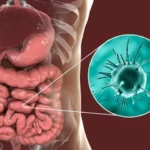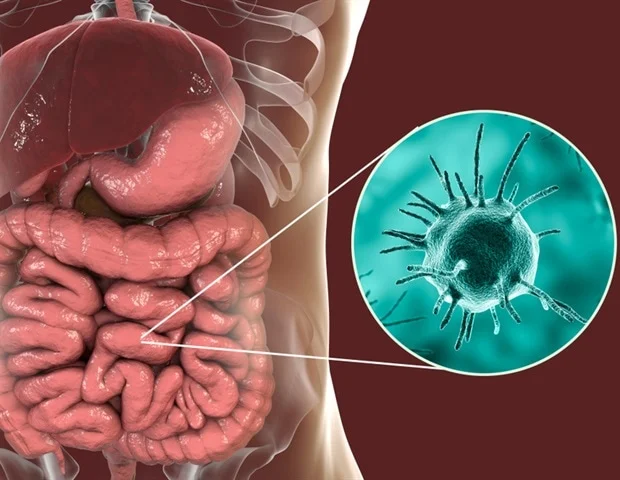There’s something deeply human about healing in a circle-about being seen, heard, and supported by others who are walking a similar path. Combine that ancient wisdom with modern neuroscience, and you get something revolutionary: group ketamine therapy.
You may have heard about the rise of ketamine in mental health treatment. Once known primarily as an anesthetic-or unfairly labeled a party drug-ketamine has now found solid footing as a legitimate and powerful tool in the treatment of depression, PTSD, anxiety, and more. But what’s new, and quietly powerful, is how clinics and therapists are now offering it in group settings. And surprisingly, this shared approach is proving to be just as healingsometimes even more so- than one-on-one sessions.
Let’s explore how group ketamine therapy works, why it’s gaining traction, and what makes it a unique and transformative experience for so many.
What Is Group Ketamine Therapy?
Group ketamine therapy is a structured treatment where multiple participants receive ketamine-usually through lozenges, intramuscular injection, or low-dose IV infusions-within the same therapeutic environment. A trained facilitator or licensed therapist guides the group through a curated session that includes preparation, ketamine administration, and post-session integration.
The setting is typically calm, quiet, and safe-think yoga mats, blankets, soft lighting, and maybe some ambient music. Everyone takes their dose around the same time and journeys inward together, often with eye masks and headphones. The real magic tends to happen before and after the session, as group members share their insights, challenges, and breakthroughs.
At first, this might sound intimidating. “Why would I want to have such a vulnerable experience with strangers?” you might wonder.
But the truth is, the group ketamine setting can dissolve isolation in ways individual sessions can’t. You’re not just healing in your own mind-you’re witnessing others heal too.
The Science Behind Ketamine’s Healing Potential
Before diving further into group dynamics, it’s worth understanding how ketamine works in the brain.
Unlike traditional antidepressants that target serotonin, ketamine influences the brain’s glutamate system. It stimulates neuroplasticity-the brain’s ability to form new connections and rewire itself. In essence, ketamine creates a temporary window where the brain becomes more flexible, making it easier to break out of rigid negative thought patterns and revisit painful memories without becoming overwhelmed.
It’s during this window that therapy-especially integration and reflection-becomes incredibly potent.
Now, when this experience is shared with others going through similar struggles, the sense of collective healing can be profound. This is where group ketamine really starts to shine.
Benefits of Group Ketamine Sessions
So why are more clinics offering group ketamine therapy? And why are patients opting for it?
Let’s take a closer look at the advantages:
1. Shared Healing Experience
There’s something powerful about hearing someone say, “I’ve felt that too.” In group ketamine sessions, participants often discover they’re not alone in their suffering. Shared stories create emotional resonance and can even help individuals articulate their own experiences.
2. Built-in Community Support
Many people struggling with depression or PTSD report feeling isolated. Group sessions foster connection-not just during the treatment but sometimes for weeks or months after. It’s not uncommon for group members to stay in touch, support each other, and continue their healing journey together.
3. Structured Yet Flexible
Group sessions are usually built around a clear structure:
Preparation: Setting intentions and discussing fears or expectations.
Dosing: Everyone takes ketamine under supervision.
Journeying: A quiet inner experience, often lasting 45–90 minutes.
Integration: Group sharing, reflective dialogue, and emotional processing.
This format helps patients feel held and guided, even in a non-traditional setting.
4. Cost-Effective
Let’s be honest-therapy can be expensive. Group ketamine treatments are generally more affordable than one-on-one sessions because the resources (such as facilitators, space, and medical staff) are shared. This makes treatment more accessible for those who need it most.
5. Reinforced Learning
By listening to others’ reflections, participants often gain insight into their own experiences. Sometimes, hearing someone put words to a sensation or memory helps you better understand your own journey.
What to Expect During a Group Ketamine Session
The idea of group ketamine therapy may feel foreign, especially if you’ve only experienced traditional talk therapy. Here’s a simplified breakdown of what to expect:
Screening & Medical Clearance
Before attending a session, you’ll be assessed to ensure you’re a good candidate. This includes reviewing your mental and physical health, medications, and history with trauma or substance use.Setting the Space
On the day of treatment, you’ll arrive to a calming room—often with yoga mats, blankets, soft lighting, and curated music. Facilitators will guide the group in setting intentions and answering any last-minute questions.The Ketamine Journey
Once everyone is comfortable, the medicine is administered. Most participants put on eye masks and headphones, allowing them to go inward. The effects last about 45–90 minutes, depending on dosage and delivery method.Integration Circle
After the effects wear off, the group comes together to share what came up—images, emotions, realizations, questions. This is where connections deepen, and healing begins to anchor.
Who Is a Good Candidate for Group Ketamine?
Group ketamine therapy isn’t for everyone. It’s important to be open, emotionally honest, and willing to participate in a communal setting.
Ideal candidates include:
Individuals with treatment-resistant depression
Those navigating grief or trauma recovery
People with anxiety disorders who’ve struggled with traditional methods
Anyone looking to deepen self-awareness in a supportive space
It may not be suitable for:
Individuals in acute crisis
Those with certain psychiatric conditions like psychosis or mania
Anyone actively struggling with substance dependence
Screening is essential, and any reputable clinic will walk you through this step carefully.
Real Stories: Healing Together
Tasha, a 38-year-old teacher, tried individual ketamine sessions but felt something was missing. “I was processing everything alone, and it felt… incomplete,” she said. When she joined a group ketamine session, everything changed.
“Hearing someone say they saw a childhood memory too, or they forgave themselves for something, helped me open up. I realized I wasn’t as broken as I thought—I was just human.”
Stories like hers aren’t rare. In fact, many participants report that the group energy often enhances the insights and emotional clarity they experience.
Finding a Group Ketamine Program Near You
As more clinics adopt group ketamine models, it’s important to find a provider that values both safety and intention.
Look for programs that offer:
Medical oversight (licensed professionals on site)
Trauma-informed facilitators
Pre- and post-integration support
Clear communication about dosage, structure, and expectations
You might also want to ask whether groups are open (new people each time) or closed (same group throughout)-as both offer unique benefits.
Final Thoughts
Mental health care is evolving. We’re moving beyond silent suffering and toward something more open, connected, and holistic. Group ketamine treatment is a beautiful reflection of this shift.
It offers not just relief from symptoms but a pathway back to connection-with yourself and with others. If you’ve felt stuck, lonely, or like your healing journey has plateaued, this might just be the bridge you’ve been looking for.
Healing doesn’t have to be solitary. Sometimes, the medicine works best when shared.
Click – shakehand.site














Leave a comment